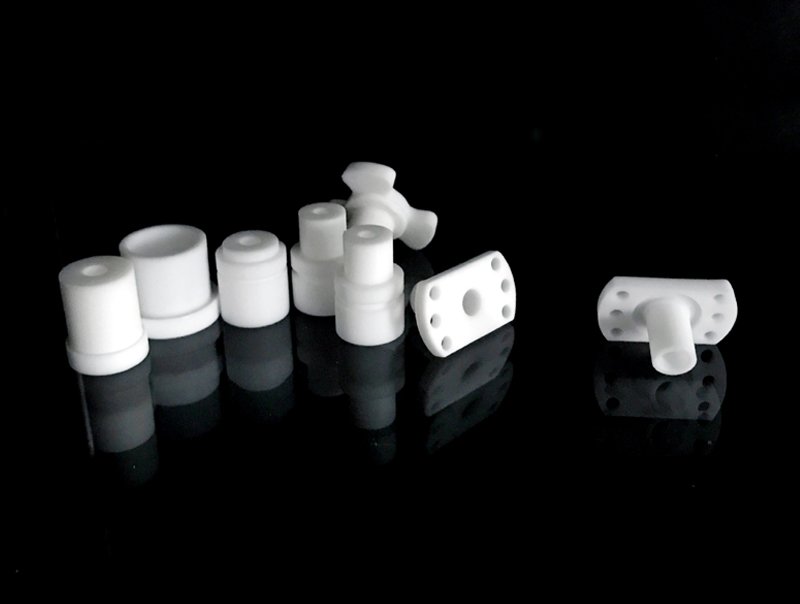INTRODUCTION TO PTFE
PTFE, The scientific name is polytetrafluoroethylene, commonly known as the “plastic king” or “Teflon” ®)” (Registered trademark of DuPont). It is a fully fluorinated high-performance synthetic polymer known for its unparalleled chemical inertness, excellent resistance to high and low temperatures, and extremely low friction coefficient.
Molecular structural formula:[-CF₂-CF₂-]n
This powerful carbon fluorine bond is the root of all its excellent properties.

